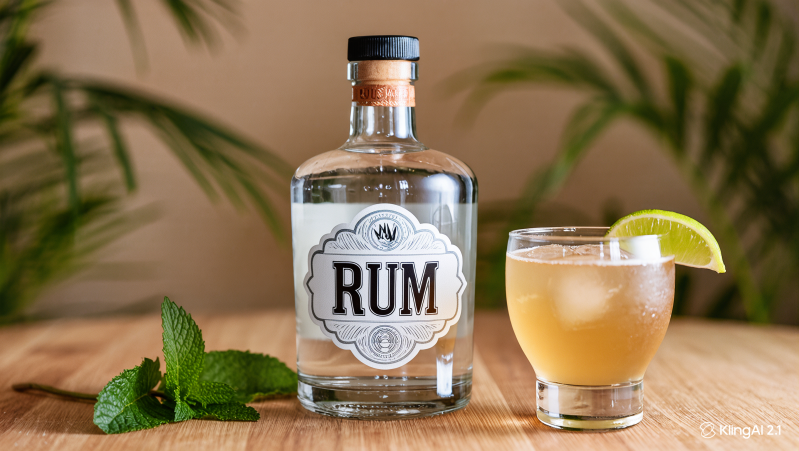
Rum is a sugarcane-based spirit, most often distilled from molasses, a byproduct of sugar production, though some varieties use fresh sugarcane juice. It is produced across the Caribbean, Central and South America, and in other tropical regions around the world. Its flavor can range from light and clean to dark and robust, depending on distillation style, aging, and base ingredient. Light rums are often used for mixing, while aged and dark rums are enjoyed neat or in spirit-forward cocktails.
The process begins with fermenting sugarcane juice or molasses to create a low-alcohol wash. Distillation may occur in column stills for lighter styles or pot stills for heavier, more flavorful rums. After distillation, the spirit is often aged in oak barrels—sometimes previously used for bourbon—which add depth, spice, and caramel notes. Tropical climates accelerate the aging process, meaning a rum aged for five years in the Caribbean can taste more mature than a whiskey aged the same time in Scotland.
Rum is bottled in a range of proofs, but most fall between 80–100 proof (40–50% ABV). Overproof rums, such as the famous 151-proof variety, are also produced for specific cocktails and flaming drinks. The choice of proof and style depends on both traditional regional practices and modern market demand.
With its versatility, rum appears in cocktails like mojitos, daiquiris, and mai tais, but also shines as a complex sipping spirit in aged expressions. Its wide variety—from grassy agricole rums to rich navy-style blends—makes it one of the most diverse categories in the spirits world.